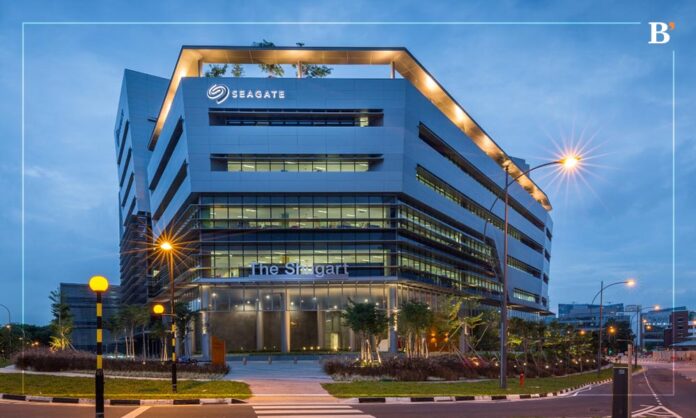Key Highlights
- Seagate has enhanced its Exos Application Platform storage arrays with a new ASIC RAID controller that boosts performance.
- The Exos X chassis can carry a mix of traditional hard disks and SSDs.
- It comes with software that moves “hot” data automatically, often accessed, to SSDs, while less “cold” data is transferred to the hard drives.
Three Exos X products are defined by their size and drive-bay count. It has all the standard connections such as SAS, network attached SAS, Fibre Channel up to 32G, iSCSI up to 25G, and a 10GBASE-T option.
What Is Seagate’s ADAPT Technology?
The new systems utilize ADAPT (Autonomic Distributed Allocation Protection Technology) erasure coding technology of Seagate, which minimizes data-redundancy overhead and system rebuilds from data loss or drive failure.
A new self-healing storage technology, Automatic Drive Regeneration (ADR), is paired with ADAPT. If a read/ write head of the hard drive fails, ADR takes the failed charge out of commission but leaves the remaining drive heads operational. ADAPT rebuilds the data from the dead platter elsewhere.
Tom DiMauro Explains About ADR – Self-healing Storage Technology
Tom DiMauro, product manager for storage systems at Seagate, said that if a single head is taken out, one might come back with 90% of that capacity after the ADR action is finished. Then, they add that drive back into the pool seamlessly in the background so the data is rebalanced when the operation is complete.
He agrees that some people will be suspicious of leaving a broken hard disk deployed in a storage array. But, he says this is the first version of this technology and will become a basic TCO value proposition when hard drives reach 30TB and beyond in the next several years. Those drives have up to 10 platters, and nine still in use is room for a lot of data.
He also said that the ability to self-heal a device and keep the vast majority of that capacity in play makes for much more efficient storage systems. Not to mention just the power of administrators not to worry about changing out drives as frequently as they do in their data centers.




